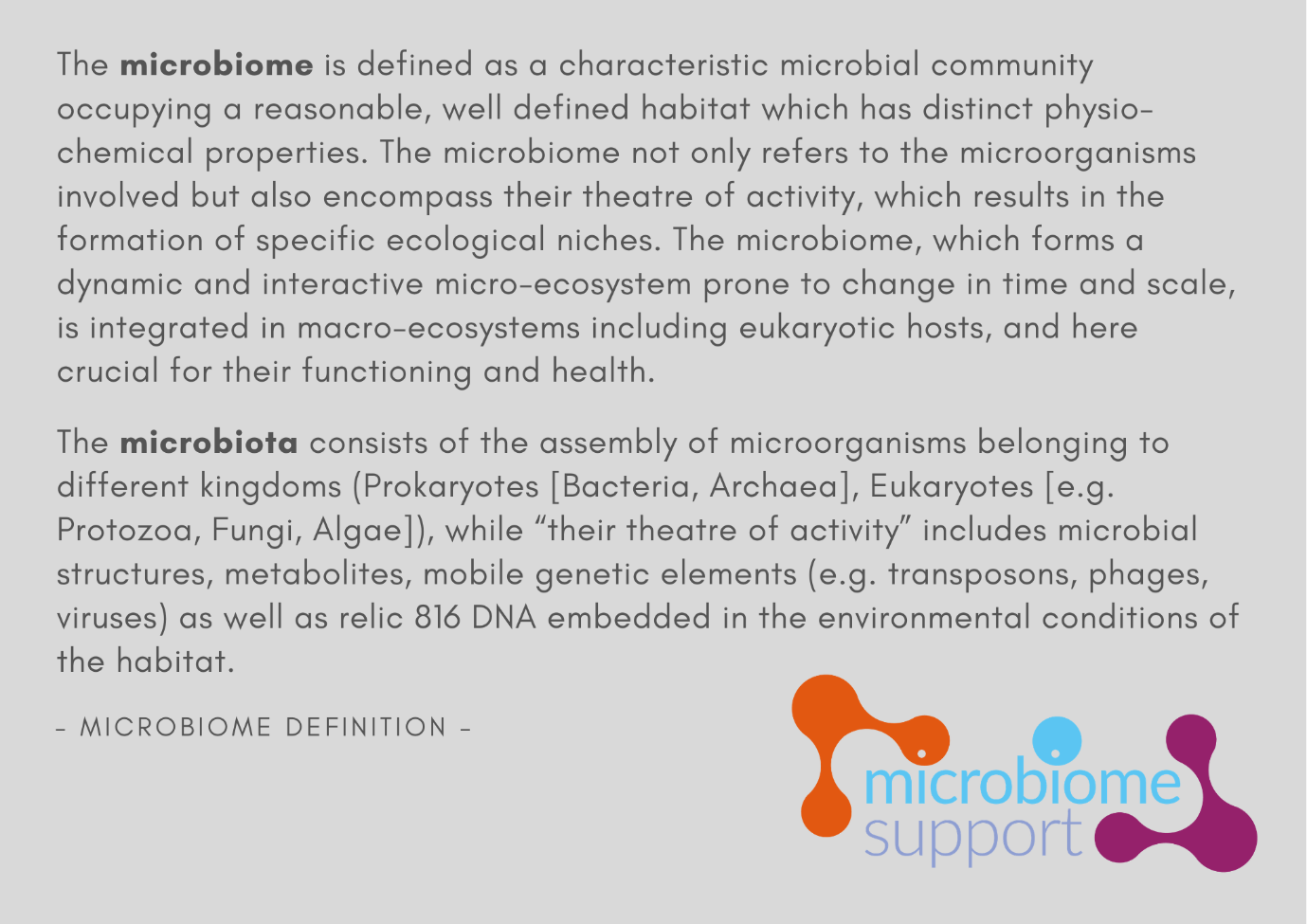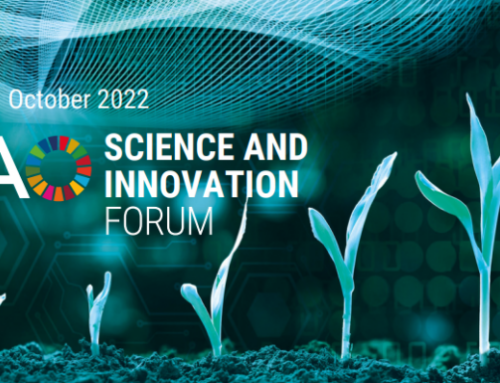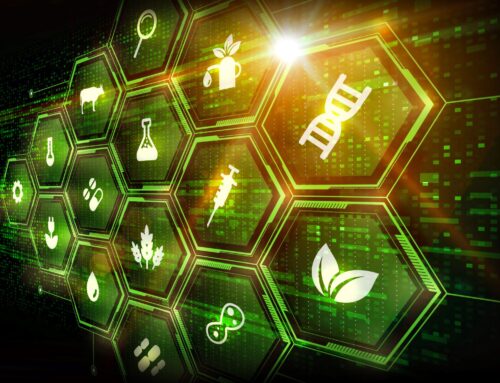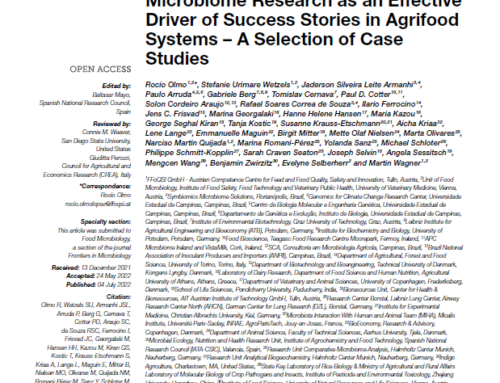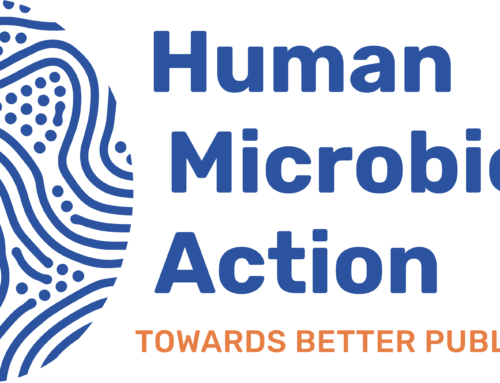Why do we have to re-define the microbiome?
Imagine a world where everyone uses the same word, but actually means something slightly differently. Now, imagine that the one word is quite heavily used and extremely important in the discovery of new knowledge with lots of people working on and many more talking about it. So, these people constantly exchange, develop their knowledge further, keep talking about the same thing, but actually every person means something slightly different. Wouldn’t that be confusing and lead to lots of misunderstandings?
Well, that world exists and the word that is being used in it is ‘microbiome’.
- Some people that talk about the microbiome actually just mean the bacteria that are present within a microbial community, and discount (or do not even know about) the viruses, protozoans and other organisms that may be present;
- Others use the words microbiota and microbiome interchangeably, even though these terms are different.
With the microbiome research field having expanded rapidly in the last 10 years and more knowledge being unearthed about microbial communities by the day, scientists are now recognising that they have to be more accurate in their language when talking about ‘the microbiome’ (see also our extended article on why we have to re-define the microbiome here).
What is MicrobiomeSupport’s role on the microbiome definition?
MicrobiomeSupport organised a workshop in 2019 with researchers from across the field to develop a definition of the word microbiome which could be broadly used and ensure an accurate exchange on the topic within research circles. The definition covers:
- the micro-organism that could be present within a microbiome (who is there?),
- the factors that influence microbiome composition (where does the microbial community live and what are the living conditions?),
- the role of different microbes within a specific microbiome (what do they do?),
- the difference between microbiota and microbiome (are the microbes alive or not?).
What is the new definition?
The new definition that MicrobiomeSupport and partners propose is based on one suggested by a researcher called Whipps and his colleagues in 1988 and contains a few additional details based on the new knowledge we have about the microbiome:
Interested to know more?
The researchers have written and published a full academic article which covers how they have reached the new definition and what has been considered in the process. It covers historical perspectives on micro-organisms, limitations with current uses of the word ‘microbiome’ and existing definitions, and outlines what is being taken into account such as:
- microbe-microbe interactions,
- how microbiomes change in time and space even though a core group of microbes may be present,
- the role which different microbes have in microbial communities and how these communities evolved within their environment (be it soil, human, animal, water or plant),
- the technical methods currently used in the microbiome research field
- how the new definition holds up against future perspectives and potential challenges.
You can find the full paper here.

